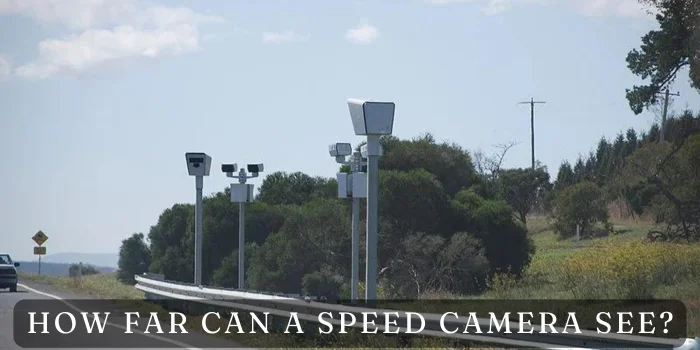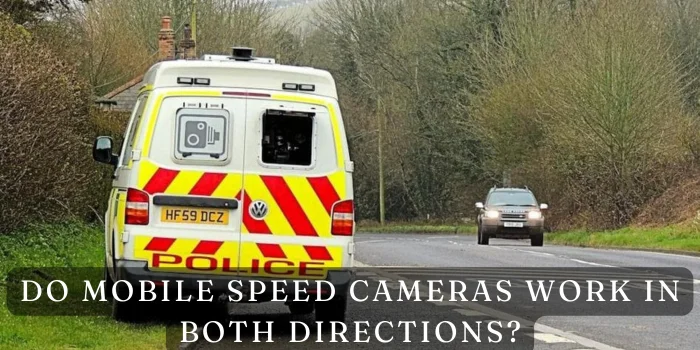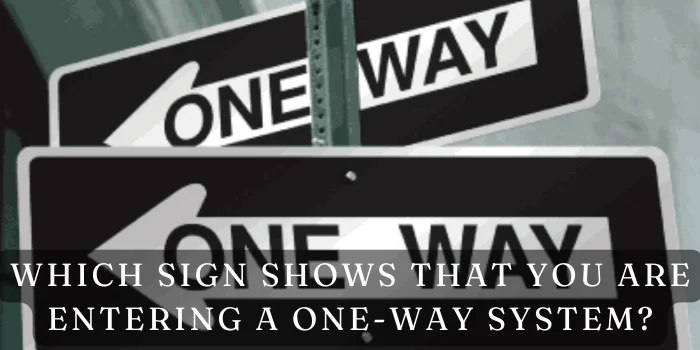Are Traffic Cameras a Cash Cow for Local Councils?
Imagine this You’re driving home after a long day, and click—a traffic camera snaps a photo of your car. A week later, a $150 fine arrives in the mail. Was that camera placed to protect pedestrians or pad the local council’s budget? The debate over traffic cameras is heating up worldwide. While some hail them as lifesaving tools, others accuse governments of using them as ATMs on wheels. Let’s dive into the data, drama, and dollars behind these controversial devices.
The Purpose of Traffic Cameras: Safety or Profit?
Enhancing Road Safety: The Official Stance
Local councils universally claim traffic cameras exist to save lives. The stats seem convincing at first glance:
- In the UK, speed cameras reduced fatalities by 50% at their locations between 1990 and 2004.
- Australia’s NSW government reported a 90% drop in speeding at mobile camera sites.
Cameras act like tireless sentinels, enforcing rules even when police aren’t present. They’re particularly effective in school zones and high-accident areas. As Brisbane’s transport minister once quipped, “Cameras don’t blink, and they don’t take coffee breaks.”
Reducing Traffic Violations: Fact or Fiction?
But the narrative isn’t flawless. Studies reveal mixed outcomes:
- In Florida, red-light cameras reduced T-bone collisions by 25% but increased rear-end crashes by 30% as drivers slammed brakes to avoid fines.
- Ohio found no significant change in accident rates after installing Speed cameras on highways.
Critics argue cameras often address symptoms, not root causes. Poor road design, unclear signage, and inadequate driver education remain unaddressed. “It’s like putting a Band-Aid on a broken leg,” says traffic engineer Dr. Laura Simmons.
The Revenue Debate: How Much Do Traffic Cameras Generate?
Breaking Down the Numbers: Fines vs. Costs
The math is eye-opening:
- New York City collected $100 million from speed cameras in 2021.
- London’s congestion charge cameras generate £230 million annually.
But setup and maintenance aren’t cheap:
- Installing a single camera costs 50,000–50,000–150,000.
- Annual maintenance ranges from 5,000to5,000to30,000 per camera.
While some cities break even, others profit handsomely. Chicago’s red-light cameras, for instance, brought in $64 million in 2013—enough to fund entire public projects.
Where Does the Money Go? Budget Allocation Insights
Councils often pledge to reinvest fines into safety initiatives, but transparency is rare:
- Los Angeles directs 70% of camera revenue to school zone upgrades.
- Toronto uses funds for pedestrian bridges and bike lanes.
However, audits in Texas and Arizona found millions diverted to general budgets, funding everything from parks to pensions. “It’s a shell game,” says watchdog John Harris. “They call it ‘safety revenue,’ but it’s really a slush fund.”
Public Perception: Trust Issues and Backlash
“Big Brother” Concerns: Surveillance or Safety?
Many drivers feel spied on. A 2023 Gallup poll found:
- 63% of Americans distrust traffic camera motives.
- 55% believe fines are excessive.
Hidden cameras fuel resentment. In Maryland, officials concealed speed cameras in construction barrels, sparking lawsuits and protests. “It’s entrapment, not enforcement,” argues civil rights lawyer Anita Patel.
Do Traffic Cameras Actually Improve Behavior?
The answer is nuanced. Short-term compliance spikes when cameras are visible:
- Paris saw speeding drop by 80% after installing flashing speed cameras.
- Melbourne’s mobile units reduced violations by 75% in monitored zones.
But long-term change is elusive. Drivers often slow down only near known camera locations, then speed up elsewhere. “You get GPS alerts telling you where to brake—it’s a game,” admits rideshare driver Mark Chen.
Case Studies: Successes and Scandals
London’s Congestion Charge: A Model or Money Grab?
London’s £15 daily congestion charge, enforced by cameras, cut traffic by 30% and funded 80% of the city’s bus network. Air quality improved, but critics note the charge zone expanded six times since 2003. “It started as an environmental policy. Now it’s a revenue machine,” says MP Sarah Wilkinson.
Chicago’s Red-Light Camera Scandal: A Cautionary Tale
Chicago’s red-light program became a national scandal when:
- A 2015 FBI probe revealed bribes between city officials and camera vendor Redflex.
- Faulty cameras issued $500 fines for legal right turns.
- The city removed 80% of cameras after public outrage.
“This wasn’t about safety—it was corruption disguised as policy,” concludes journalist Liam O’Connor.
Ethical Dilemmas: Profit Motive vs. Public Good
When Safety Takes a Backseat to Revenue
Some cities manipulate systems to maximize fines:
- Ohio shortened yellow-light durations at camera intersections, boosting fines by 40%.
- Florida hid cameras behind trees and signs, violating state transparency laws.
“It’s like a speed trap, but automated,” says AAA spokesperson Rachel Nguyen. “They’re banking on human error.”
The Lack of Transparency: Who’s Accountable?
Private contractors exacerbate conflicts of interest:
- Companies like Verra Mobility (USA) and Jenoptik (Germany) often earn 30–50% of fines.
- Contracts sometimes include quotas, incentivizing over-policing.
Phoenix canceled its red-light contract after discovering vendors tweaked algorithms to issue more tickets. “When profit drives enforcement, safety loses,” warns former mayor Greg Stanton.
The Future of Traffic Cameras: Reform or Removal?
Tech Upgrades: Smarter, Fairer Systems
Emerging technologies could revolutionize enforcement:
- AI-Powered Cameras: Analyze driving context (e.g., speeding to avoid an accident vs. reckless driving).
- Dynamic Fines: Adjust penalties based on income, as seen in Finland.
- Real-Time Alerts: Send warnings instead of fines for first-time offenders.
“Imagine a system that educates instead of penalizes,” says tech entrepreneur Diego Ramos.
Policy Shifts: Restoring Public Trust
Lawmakers are pushing for reforms:
- California’s SB 1302: Mandates camera revenue funds only Safety Projects.
- EU Transparency Act: Requires public reports on camera locations and revenue use.
- Community Input: Cities like Austin let residents vote on camera installations.
“Sunlight is the best disinfectant,” argues policy expert Dr. Emily Zhao. “If people see where the money goes, trust follows.”
Conclusion
Traffic cameras aren’t inherently good or evil—they’re tools. Used ethically, they save lives. Exploited for profit, they breed distrust. The path forward demands transparency, smarter tech, and policies that prioritize people over revenue. After all, safe roads shouldn’t come with a hidden tax.
FAQs
Can traffic cameras distinguish between drivers?
No—they ticket the vehicle owner, regardless of who was driving. Some states allow owners to contest fines if someone else was behind the wheel.
Why are traffic cameras banned in some states?
New Hampshire and Mississippi prohibit them, citing privacy concerns and lack of due process.
Do traffic cameras reduce insurance costs?
Indirectly. Safer roads may lower accident rates, potentially reducing premiums over time.
How accurate are traffic cameras?
Most have 95–99% accuracy, but errors occur due to glare, weather, or plate misreads. Always verify evidence.
Can citizens petition to remove cameras?
Yes! Cities like Houston and San Diego dismantled cameras after voter-led campaigns.





